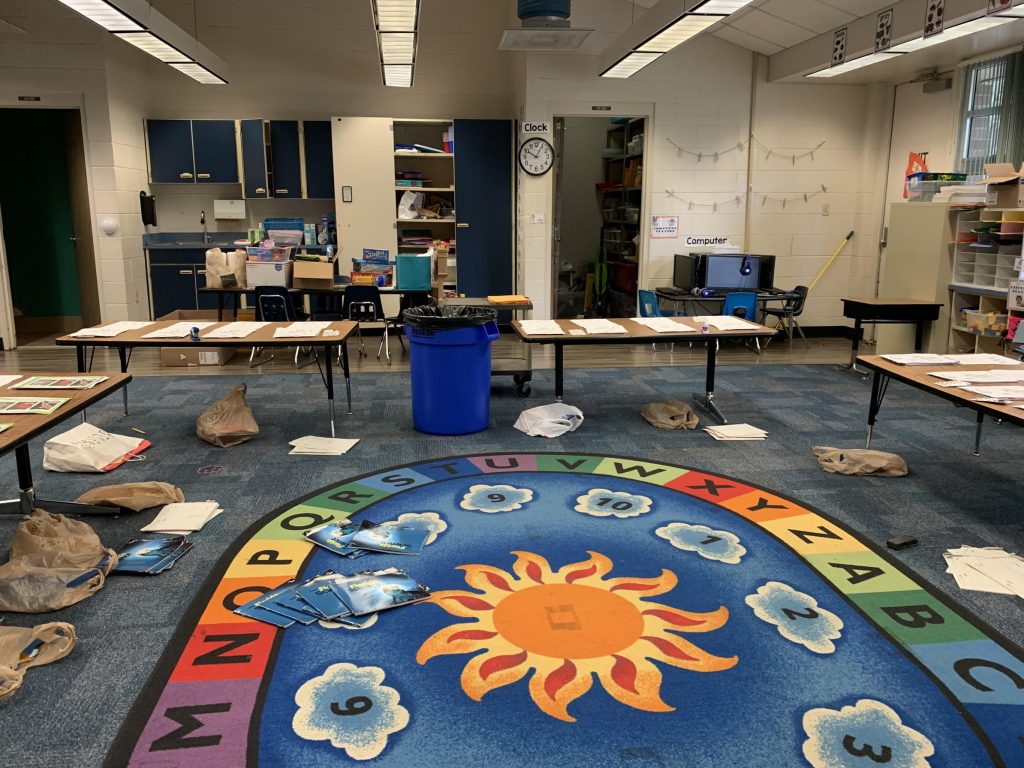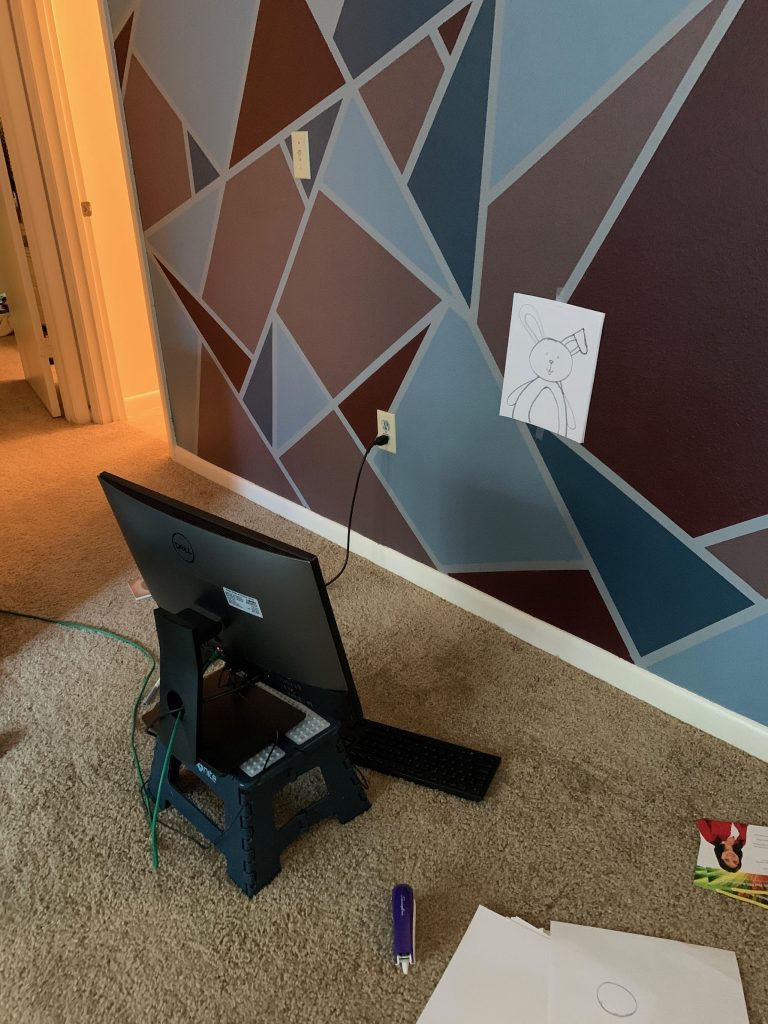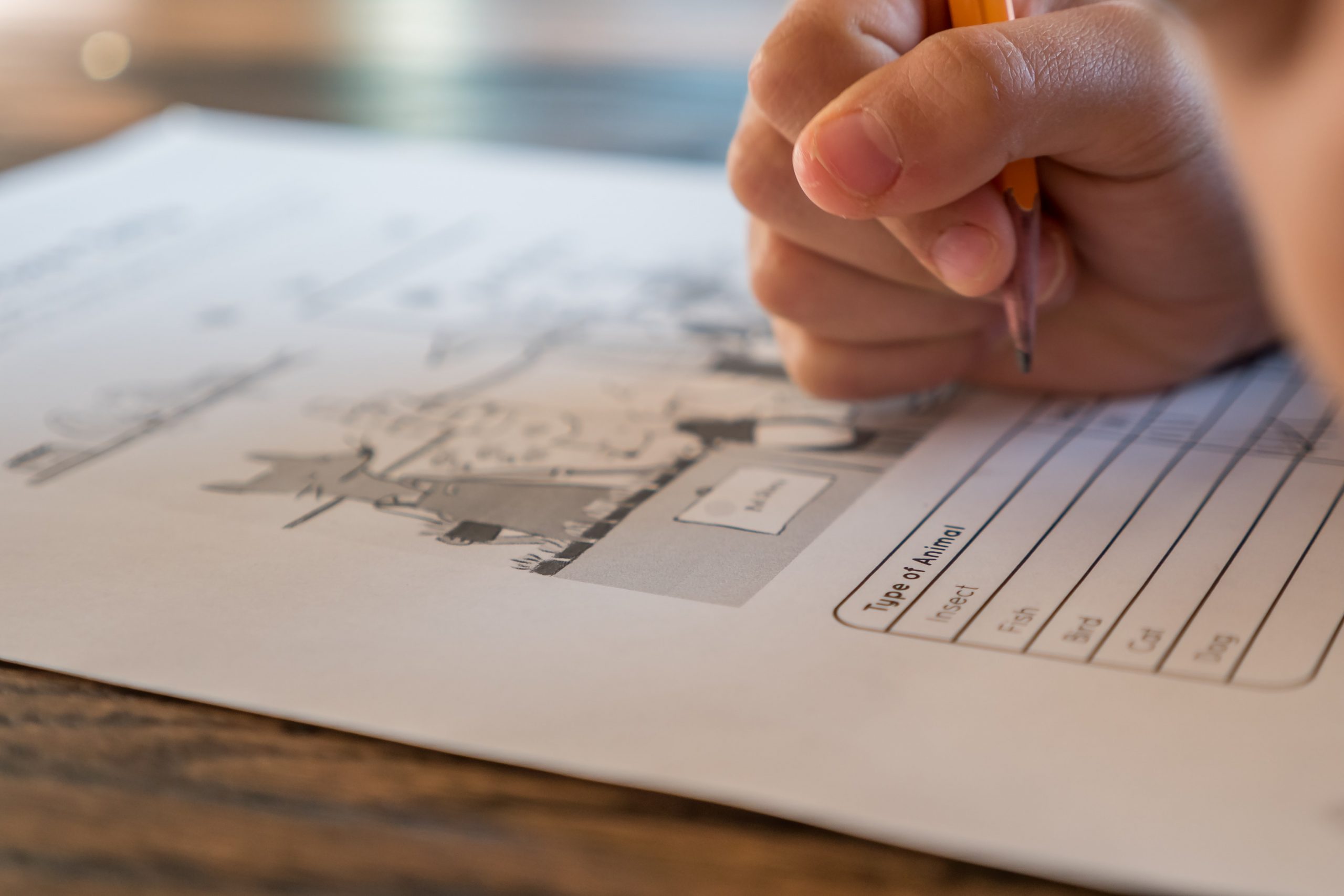Teaching During COVID-19 is Tougher Than You Think, But Teachers Are Powering Through
By Mili Godio
As the United States continues to see a surge of COVID-19 cases throughout the nation, most states have had stay at home orders in place since the beginning of April. Many businesses and workplaces have since closed their doors to ensure the safety of their employees, most since mid-March. Among the employees now working from home are the nation’s teachers, who have had to adapt to distance learning since the start of the pandemic. Across all grade levels, employees of every school board in the country were given only a few days’ notice to bring all necessary supplies, documents and technology home with them in order to begin a journey of online teaching that few had foreseen coming. And with many in-classroom teachers having little to no experience teaching entirely online, it has been quite the adjustment for not just the teachers themselves, but for students and parents as well.

Jordan Levy’s Kindergarten classroom is prematurely cleaned out as school gets canceled for the rest of the year. Photo: Jordan Levy
This change meant schools had to make several quick decisions.
First, how do they provide students with an appropriate amount of work as quickly and efficiently as possible? Fortunately, many schools had a week off for spring break, giving administrators and teachers some time to consider solutions. Some schools compiled a collection of grade-level appropriate worksheets to last students approximately two weeks. These packets, which generally include math, reading, science and social studies practice, could be left at the front of schools where parents could pick them up while maintaining social distancing.
Jordan Levy, who teaches kindergarten at Talbot Elementary in Gainesville, Florida, said that the physical packets are great tools for making sure her students continue practicing their writing and sentence structure, especially when computer work can be difficult to navigate at such a young age. According to Levy, these packets are graded utilizing a “grace and compassion” method – the lowest grade teachers can currently give at Talbot Elementary is a 75 percent, even if they don’t complete the work.
Parents drop off the packets where they picked them up, allowing Levy to pick them up and grade them every two weeks. If parents can’t pick them up or drop them off, she says she is happy to pay the parents an appropriately social-distanced visit. “I dropped off about three,” she said, “it’s great because the kids would wave through the window. For one of them, the whole family was standing outside and we got to talk for about an hour.”
Levy has also become an avid user of Google Classroom, a program where teachers can post assignments, announcements and resources with a type of social media twist. Students and parents can comment on discussion posts and message the teacher with questions, making it a simple way to stay connected. There are separate tabs for each subject so parents can get ideas for games to develop math skills, book read-alouds on Youtube and even science experiments like “sink or float” where students get two objects from around their home and see if they sink or float using their own sinks or bathtubs.
Hope Gary, a second-grade teacher at Clyattville Elementary in Valdosta, Georgia, teams up with her colleagues to form one collaborative Google Classroom page for all of their students. As with Levy’s class, students and parents have access to online teaching resources and helpful links.

A new era: Teachers have gotten creative with their home technology set-up as they attempt to teach students in a new way. Photo: Jordan Levy
Most of the activities found on these Google Classroom pages, as well as other popular educational websites like Edmodo and Microsoft Teams, are not mandatory – they encourage students to stay busy and continue learning without the pressures of grades. Since COVID-19 has created difficult, uncertain and stressful situations for so many families, most schools have tried to be understanding of the hardships some individuals face on a daily basis. Some schools provided laptops to ensure that students have a form of technology at home.
Teachers and schools have also developed new material or entirely new grading systems to better accommodate parents and students. Mia Exume, who teaches middle school Spanish in Atlanta, Georgia, says her school accommodates the large population of low-income students by making their last in-person class grade the lowest grade they can receive. This allows students who can engage with the work to improve their grades while not punishing students without WiFi, those with connection issues, and any whose current family circumstances make it difficult to focus on school.
“I try not to give too much work because it really is overwhelming for them and their parents,” said Exume. However, a lack of motivation at home is only one of the many issues that teaching online has generated. “I teach 150 students and since we’ve been doing online teaching, the most students that have come online are around 35 kids,” Exume explained. “Sometimes I feel really helpless. Not having that physical presence of someone pushing them lets them think they can get away with not doing work.”
Eleasha Milicevic teaches 9th grade at a Title I school in Tallahassee, Florida, which has a high percentage of low-income students – more than half of its student population qualifies for free lunch. She makes sure that the material she posts on Microsoft Teams is simple and straightforward, ensuring that students can get good grades by enforcing less challenging material. She currently has 10 different assignments in the gradebook and gives students a week to complete the work after posting it online. Milicevic doesn’t penalize tardiness, which allows students to work at their own leisure. However, she estimates that about 40 of the 125 students she teaches are not engaging with any of the material or assignments she provides.
“I had to contact 40 parents whose kids weren’t engaging,” Milicevic said. “After that, I got about five or six [of them] more engaged but also found out that some don’t have electronics. So I had to explain how to get to those. I also found out one of my students has been hospitalized for three days.”
Throughout this time, there is no telling what each student’s home situation is like. The only thing a school can do is to be as sympathetic and accommodating as possible.
Among the biggest issues is maintaining consistent parent communication. With rapid change and varying home situations, teachers sometimes struggle to communicate with families and keep them up-to-date with their expectations. Levy already used Classroom Dojo, a behavior tracking website that parents have been accessing throughout the year. “I don’t need it for the behavior management side anymore but because parents are so accustomed to it, it’s easy to maintain that contact.”
Levy makes contact with the parents of her 24 kindergartners at least once a week for attendance purposes, a requirement that many school districts uphold. School administrators have dedicated their time to calling and contacting parents that are sometimes unreachable by teachers.
“Sometimes parents have like eight numbers listed, they have their grandmother, auntie, brother, everybody,” said Milicevic about the administrators at her Tallahassee school, “so they are calling all of these extra numbers to reach them.”
“I’m working hard and calling literally all of my parents and all of my students,” said Exume. She sometimes finds it easier to contact her middle schoolers on their personal cell phones when the parents cannot be reached. “I’ve made contact with all of my students at least once.”
For her second graders, Gary makes sure that she is aware of each family’s circumstance and adjusts her lessons accordingly.
“Some have access to computers all day and have heavy Internet access, but then you find out that they’re at grandma’s all day where they don’t have a computer or they’re at their babysitter’s house and they don’t know how to get them on,” she said. “So we find out all of these little things that keep them from getting online and try to encourage them to continue learning.”
Because of this, Gary and the other second-grade teachers at her school record every online lesson that they host through Google Meets in order for students to access it later if they can’t make the session, which is great for parents who may have unreliable Internet access or for students who are busy during the day. Clyattville Elementary recently made WiFi accessible from their school parking lots from 8am until 7pm, making it accessible for parents and teachers with no Internet access otherwise.
Changing entire lesson plans in such a short amount of time is not simply changing up a few activities and assignments for all students. One major issue teachers have faced is how to differentiate instruction when teaching online.
Since students tend to learn and perform at different levels even within the same class, it can be difficult to reach students who perform at a lower level while still actively engaging high-achieving students. Many teachers have yet to fully develop a successful differentiated instruction plan while balancing a whole new world of technology and assignments, although several have managed to do so in several areas.
Jodye Young figured out a way to develop reading skills for all learning levels within her kindergarten class in Post, Texas. She utilizes a school-wide reading program called iRead that tested students at the beginning of the year to recognize their specific reading level and has since been a great resource in differentiating reading instruction for her kindergartners.
“It meets them at their level and teaches them at the level that they need,” said Young. She also hosts three separate groups on Zoom each week, where she reads aloud to students and assigns writing prompts. “This way I can see if they’re struggling with something or if they’re doing pretty good.”
Utilizing video chat programs like Zoom, Microsoft Teams, and Google Meets has been a typical part of teaching in many schools across America. But these programs can also go beyond teaching – they can be used as a wellness “check in” for students. Some teachers provide optional video chat opportunities for kids to socialize with their peers in a time when physical socialization is discouraged. With her kindergartners on Zoom, Levy does fun directed drawings and leads scavenger hunts where students go around their house and bring back an object she previously described, like a virtual Show and Tell. “The Zoom hangouts aren’t mandatory and I usually do it at the end of the day at like five – which everyone asks, ‘Why are you working past three?’” said Levy, “but parents are working during the day and they use the computer, so I want my students to get a chance to jump on if they can.”
But with COVID-19 disrupting daily routines, perhaps the most important thing for schools to consider is the mental health of their students. “We recently learned that a child was going to a psychiatrist because they were having difficulty with all of this,” Gary explained of one of her second graders. “So, this coming week will be the first week that we’re doing a Hangout class where there will be no learning involved and we just get the chance to talk to one another and socialize.”
However, students aren’t the only ones who are finding solace in online spaces. A Facebook group titled “Teaching During COVID-19” allows teachers to post useful resources, advice, questions and even memes to potentially reduce the stress felt so widely. With over 140,000 members, it has become a tool to advance teaching in this new era while encouraging a sense of virtual closeness. Plus, seeing teachers post small accomplishments like successfully scheduling assignments on Google Classroom or sending individual messages on Edmodo and having them applauded by teachers across the country provides some feel-good hope that we all seem to need right now.
So, now that most schools across the U.S. have announced they are officially closed until the end of the school year, the future seems uncertain for educators. For many, it can be hard to imagine school functioning normally ever again, with students sitting side by side in communal desks, consistently utilizing the same textbook and laptop as their peers and even participating in extracurricular sports and activities without social distancing measures. But even though teaching online is a struggle that educators can relate to on a national and even global scale, it has definitely brought people together in a remarkable way.

